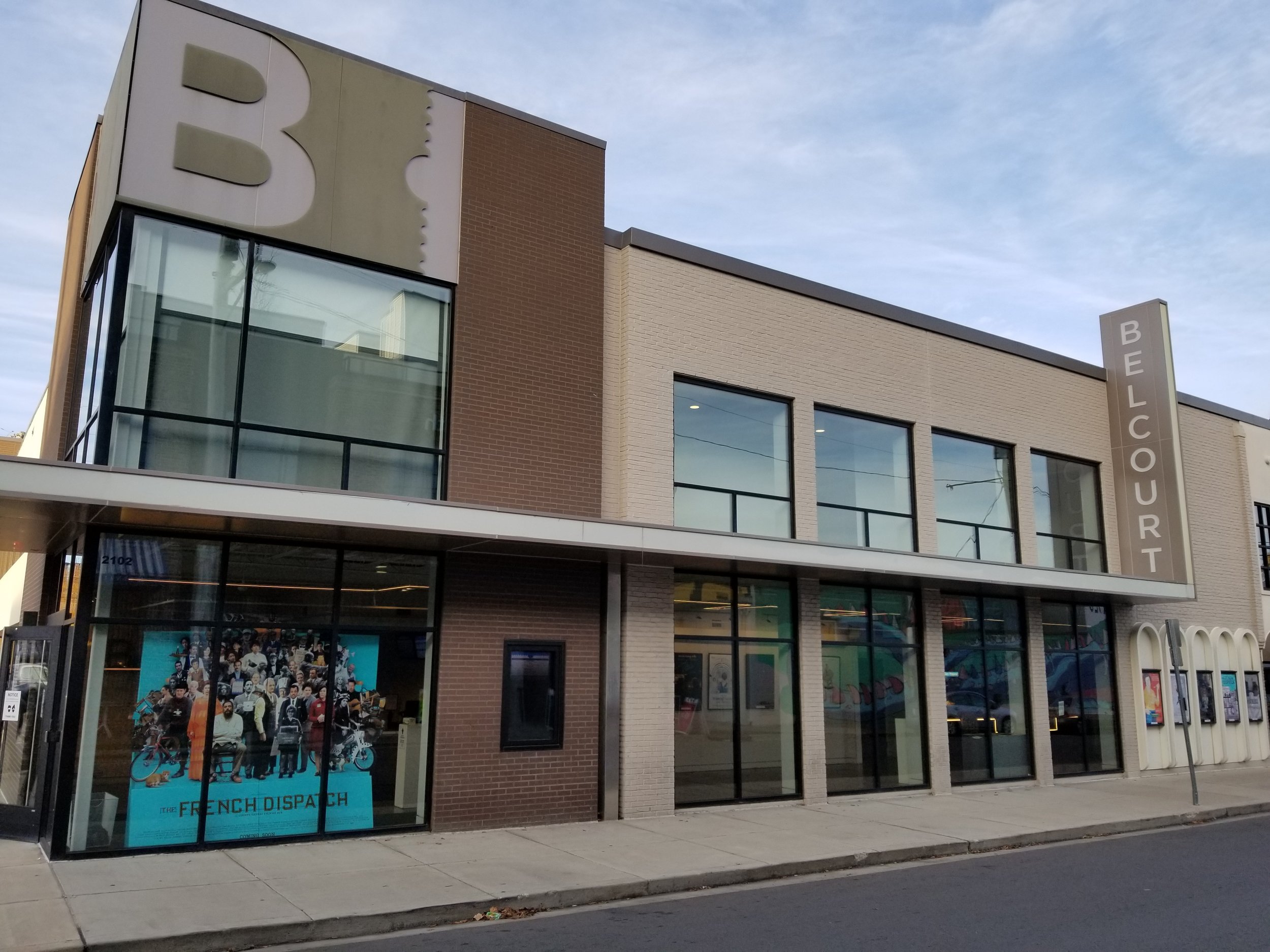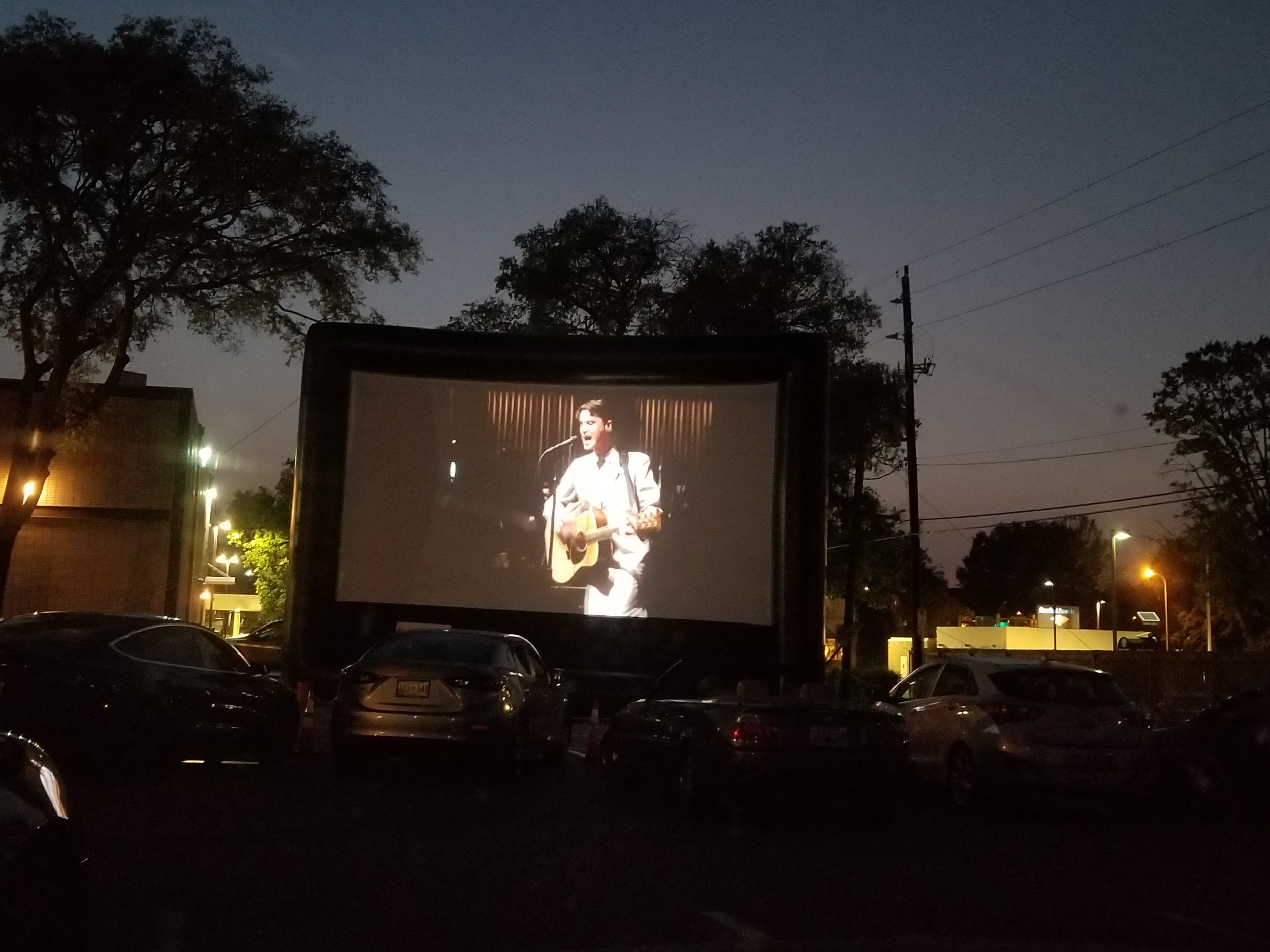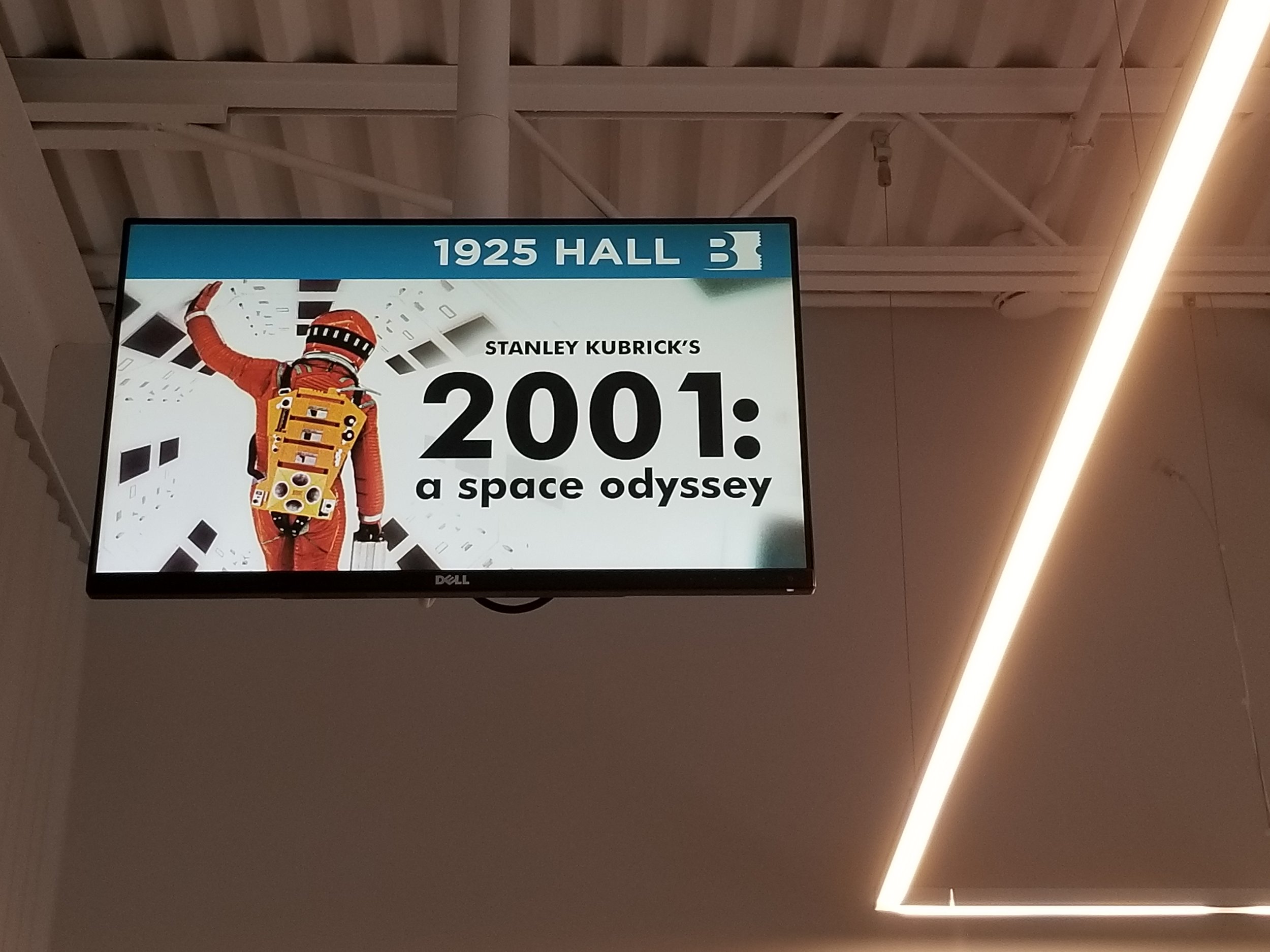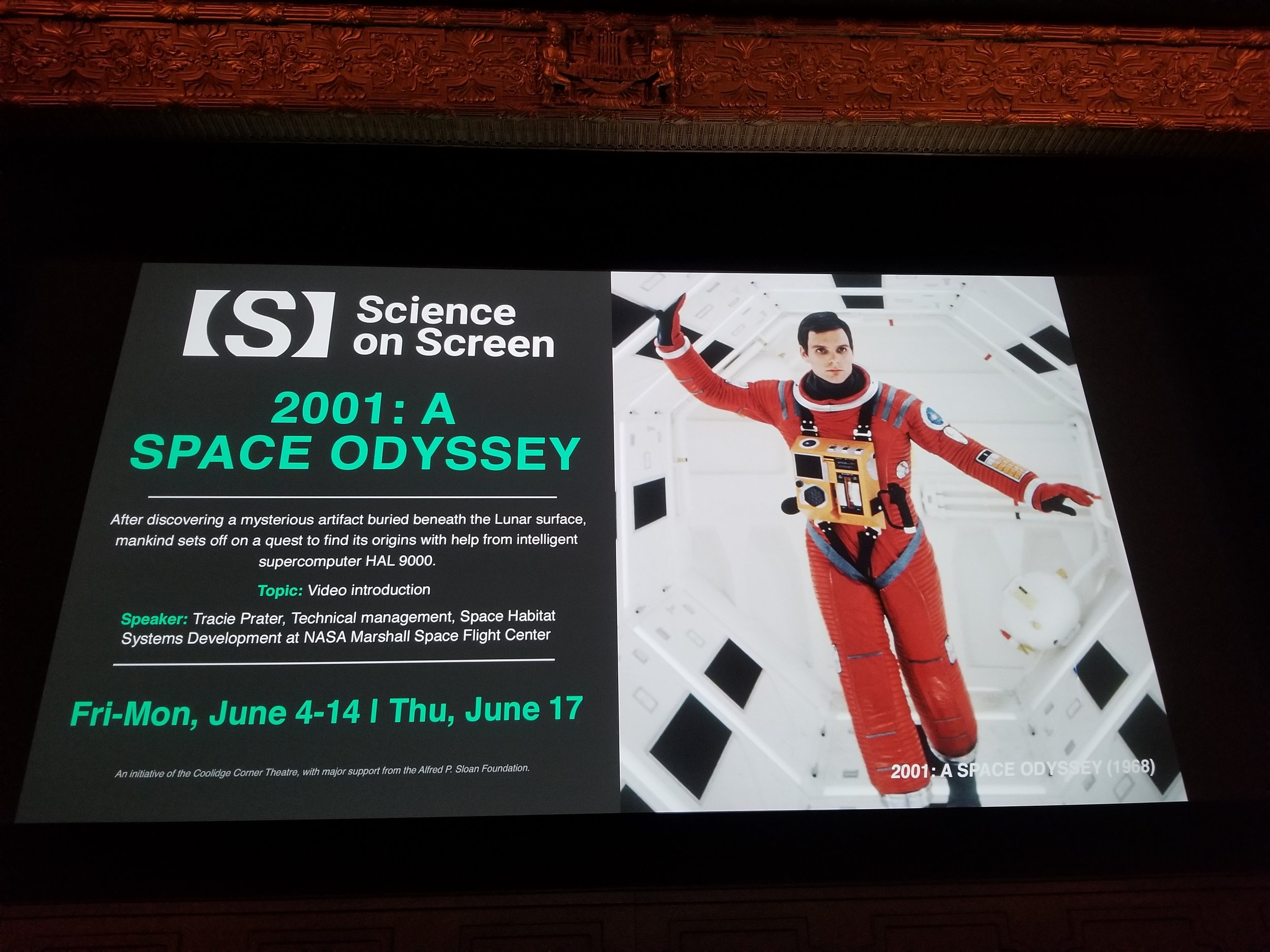Maine Relations
For the first time in many years I took a proper trip during the annual academic spring break this past March. Obviously the past two years were disrupted by the pandemic, but even before that I had become accustomed to spending that week recuperating at home (or working my way through student papers). But this year I wasn’t just looking to shake off the covid blues, rather I was determined to make good on a promise to visit two of my dearest friends.
These friends are two of my closest relationships from grad school and from Pittsburgh in general, and in addition to having shared a lot of great times they were also a vital source of support when I was struggling through both professional and personal hardships. In March 2020, just days before our school’s spring break for that year, the Covid-19 threat materialized as a true public health crisis. Campuses around the country began canceling in-person classes for the remainder of the semester and our university soon followed suit. We gathered at my friends’ apartment (I was living just down the hill in their same neighborhood at the time) to toast our newly extended spring recess, playing a round of the Pandemic board game which was intermittently interrupted by breaking news reports: Tom Hanks had contracted coronavirus; the NBA season was canceled; President Trump was announcing travel restrictions. For the next couple of weeks I would periodically trek up the hill to visit my friends, my face covered with a makeshift bandana as I surveyed eerily empty streets. As we processed this unfolding new reality and discussed quarantine plans my friends assured me that I would be welcome in their home during the crisis, that I was officially part of their pandemic social bubble. This was tremendously important to me as I would otherwise be braving the lockdown alone in my basement studio apartment.
I ultimately decided to leave Pittsburgh to stay with my family for what I thought would be a fortnight at most. On the day I left I visited one half of this friend pair in the bakery he worked down the street. He gave me some pastries for my drive and I gifted him all the toilet paper I had in my apartment (these were the days of the great toilet paper run, when bath tissue was a highly valued commodity). Before I left the bakery there was a pregnant pause in place of a parting embrace, but there was a new strong sense of maintaining physical distance. My friend said something like, “What if this is the last time we see each other?” I replied something along the lines of, “Don’t worry, it won’t be.”
My stay in Nashville was gradually extended until it became indefinite. I kept in touch with my friends to see how they were faring, and after a few weeks got news that one of them had received a post-doc appointment and they would be moving to Maine. We continued to keep tabs long distance with occasional Zoom calls to catch up. Nearly 18 months later I was moving back to Pittsburgh, and in addition to other reasons this return took on a melancholic poignance in part because my friends would not be there.
In the past year my friends have continued to have major changes in their lives: finishing their PhDs, welcoming a new baby, and most recently the news that would be leaving Maine for jobs in Virginia. With their move coming up this summer I took the opportunity during spring break to see their new family addition and also where they’ve been living for the last two years. After assuring me that I should not feel obligated to visit and that their current parenting duties did not offer much in the way of excitement, I told them I was committed and they were evidently and heartwarmingly excited.
I had already made my Maine travel arrangements when my grandmother died in April. So I would now be going to Tennessee for the funeral and then immediately embarking on my Maine trip. I didn’t sleep the night following the funeral due to my extremely early departure time out of Nashville the next morning, so I was exhausted on multiple levels when beginning the next leg of my journey. I took off from a pre-dawn Nashville and landed in La Guardia on a gray and rainy New York morning. Then it was on to Pittsburgh where I would cool my heels in the airport for several hours.
I was feeling fatigued and nigh delirious as I tried to find ways to pass the time at the PIT airport (I even ate some Primantis). There was a prevailing sense of liminality, being in between journeys, and having arrived back at my point of departure but not going home, remaining in the liminal space of the airport. I started exploring the airport and at one point took an escalator to an area I had never been in before. It turned out to be the location of PIT’s Interfaith Reflection Room. The room was unoccupied so I spent some time taking in the space. Among other religious objects there was a shelf with a selection of devotional or sacred texts representing a variety of faiths. I picked up the resident copy of the Bhagavad Gita and flipped to a random page for some inspiration before leaving.
When I finally departed from Pittsburgh it was back to La Guardia where I had been only hours earlier. Conditions in New York had cleared up since that morning.
I also got to take in aerial views of the New York nightscape when continuing on to Maine by way of D.C.
Upon arriving in Bangor around 1 AM I was reunited with my friend whom I had last seen in the Pittsburgh bakery during the pandemic outbreak. We stood there in the cold remarking on the unbelievable fact that it had been nearly two years to the day since we’d last seen each other, and we finally shared the embrace that had been deferred that day in the bakery.
In Tennessee it had truly felt like spring, with temperatures getting into the 70s F. But in Maine it was still winter, with cold temperatures and ample snow. It was my first time being in this part of the world (my previous experiences of New England did not extend any further north than Boston) and I had not packed appropriately since I had to pack warm weather and funeral clothing in the same small bag that I was carrying on to Maine with. It was cold but also beautiful: the nights were truly dark in a way that felt like a distant point on the globe, and the days frequently featured layers of fog hovering over the frozen ground. I had been looking forward not only to taking in the general environs but especially to visit some of my friends’ favorite haunts from their time in Maine, and to enjoy some local fare. The first place they took me was the Eagle’s Nest, their favorite local spot for lobster rolls. (In addition to being my inaugural visit it was also the baby’s very first restaurant experience, and he was a trooper.)
The small restaurant features a picture window overlooking the Penobscot river, which was still littered with ice floes this time of year.
Despite the soy face in this photo, I assure you that it is lobster in the roll, and it was delicious.
Our next outing involved a drive out to Bar Harbor, a New England resort town that only existed for me as a vague spatial imaginary in the same vein as Nantucket or Martha’s Vineyard. In addition to reuniting with my friends and meeting their baby I was also excited to reconnect with their fur baby who sat with (on) me for the drive.
It was decidedly the off-season in Bar Harbor: streets and sidewalks were mostly vacant, and the majority of shops were closed up with signs posted saying "see you in the summer."
A few places were open for business, including Ben & Bill’s Chocolate Emporium. It was far too cold and blustery for ice cream to be appealing but we popped in to get coffees and pick up some fudge for later in the trip.
The Ben & Bill’s workers were wearing t-shirts that advertised “lobster ice cream” which I assumed to be a cheeky joke. Upon inquiring, however, we learned that it was very much a real offering.
They offered us a sample of the lobster ice cream and of course we had to try it. (In this next photo it’s the ice cream tub with the lobster claw on top.) It was good, with more of a buttery flavor and a hint of lobster aftertaste.
Despite the cold and strong winds it was an otherwise beautiful day and easy to imagine the town bustling during the warmer months.
In any place I’m drawn to reading the local culture as expressed in graffiti tags and stickers on street signs. One of the local voices that stood out to me in Bar Harbor was DADBODY who was well represented throughout the main drag. (When I had been in Nashville the previous week my mom gave me updates on VERN, a graffiti name that appears frequently on highway overpasses and road barriers in the area. It’s a name we had noticed during our travels when I was still living there and so mom likes to give me updates on when VERNs have been painted over or when new ones appear.)
We continued along into Acadia National Park which has been one of my friends’ favorite natural refuges during their time in Maine. It did not feel like a beach day to me (my first experience of New England beaches was cold and did not offer much in the way of shelling or sea life), but we had a picnic lunch on the sand anyway.
My friend has a personal code where if he visits the beach, he doesn’t leave until he has had his feet in the ocean. In his mind, he hasn’t properly been at the beach unless he’s been in the water. In this cold weather I thought his creed seemed extreme but I was eventually won over by his logic. When would I next have the opportunity to take a dip in Maine coastal waters? We doffed our footwear and waded into the surf.
It was frigid but invigorating.
Further into the park we visited the iconic Bubbles.
Back in town my friends took me to some of their other favorite local fixtures, including Mason’s brewpub.
It was an opportunity to enjoy some more local grub and pick up additional merch to commemorate my trip (check out the newly acquired Bar Harbor sweater).
We also stopped by some Bangor landmarks such as Stephen King’s house. I had expected it to be a nondescript residence but was pleasantly surprised.
On the final night of my visit we had a night in where we played a game of darts and also got in a round of Pandemic to commemorate one of our last times together two years earlier.
My departure from Maine was another pre-dawn flight. We said our goodbyes and I wished my friends well with this next chapter of their lives. And we traded admonitions to not let another two years go by before we were together again.
















































